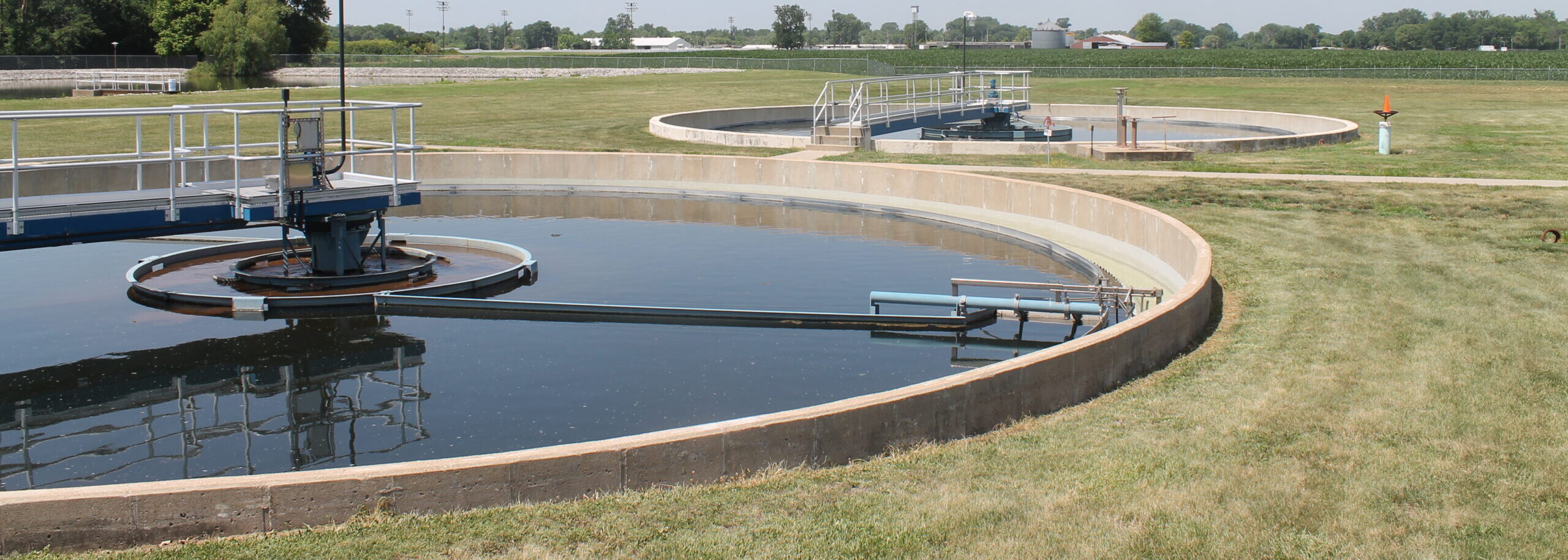Wastewater treatment facilities are commonly required to implement treatment processes that reduce effluent nutrient concentrations to levels that regulators deem sufficiently protective of receiving waters and preventative against eutrophication, particularly in rivers and streams.
Almost all wastewater treatment plants (WWTPs) perform at least a secondary treatment of their wastewater. However, given the complex requirements associated with this treatment process, most WWTPs do not provide enough nutrient removal. Thus, in 2019, the National Pollutant Discharge Elimination System (NPDES) permit imposed limits meant to achieve a 20-50% reduction in nitrogen and phosphorus.
Nutrient removal processes include physical treatment (sedimentation and filtration) for particulates, chemical, and biological treatment for dissolved nutrients.
Read more about efficient nitrogen and phosphorous removal in the fact sheet below.





